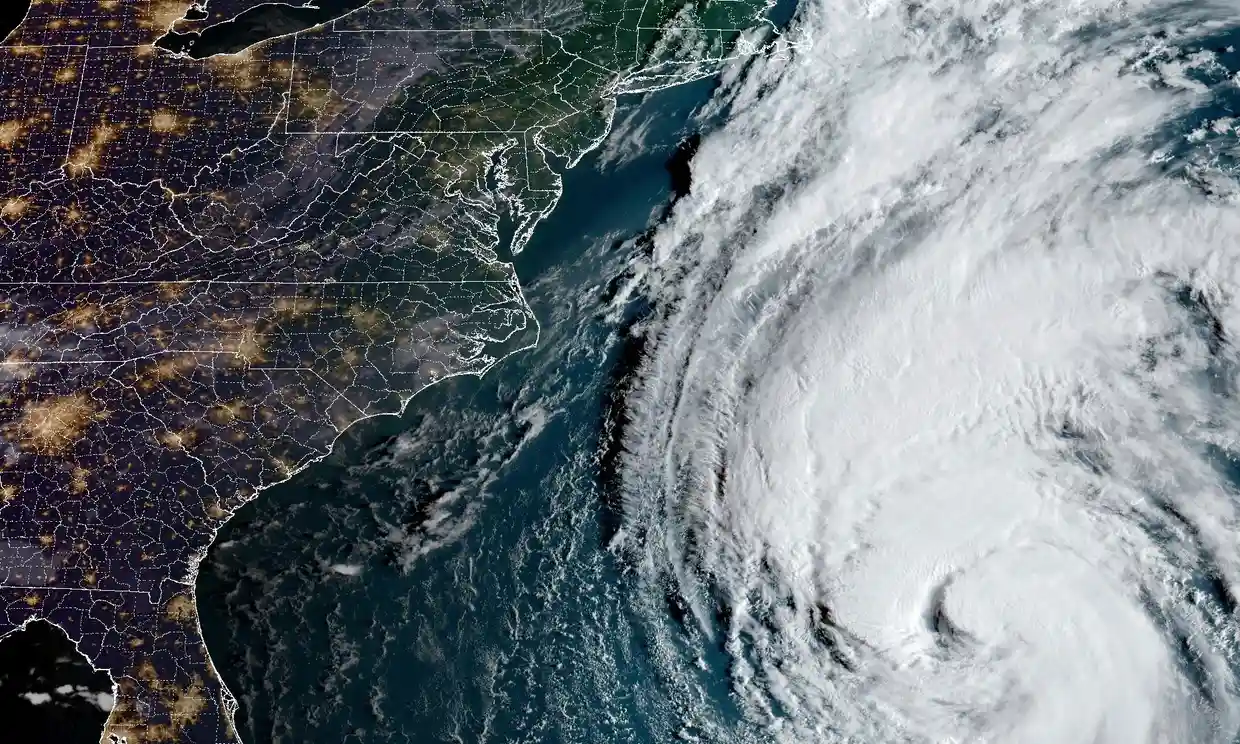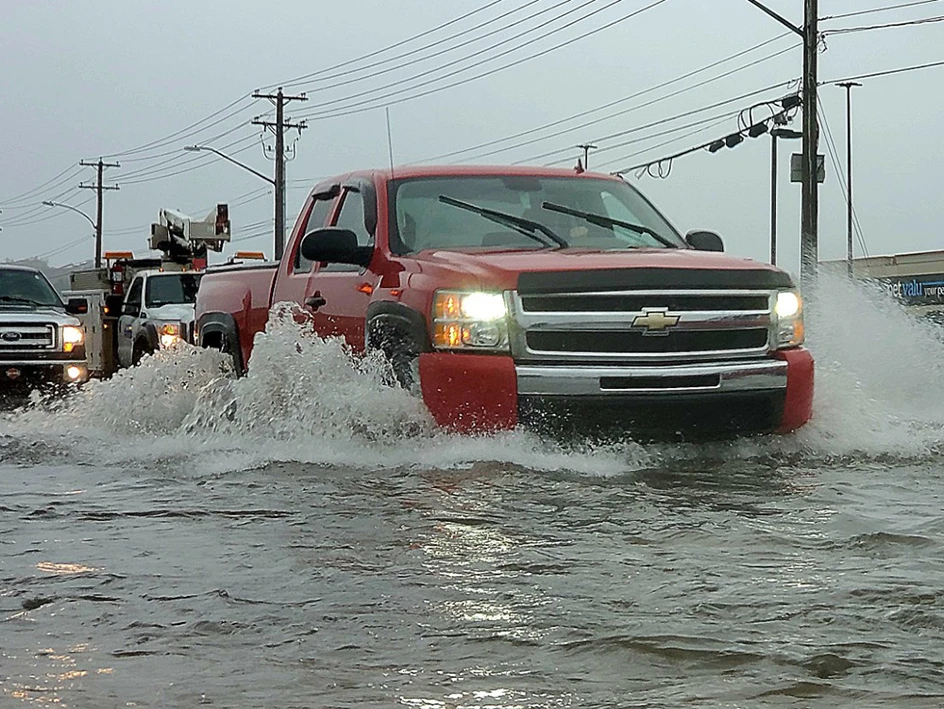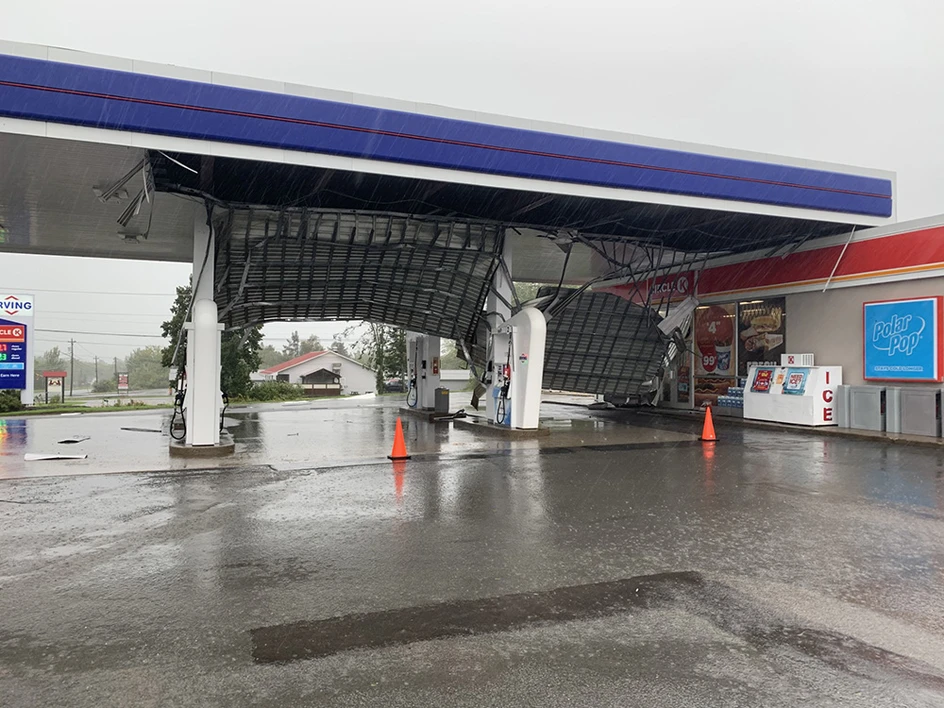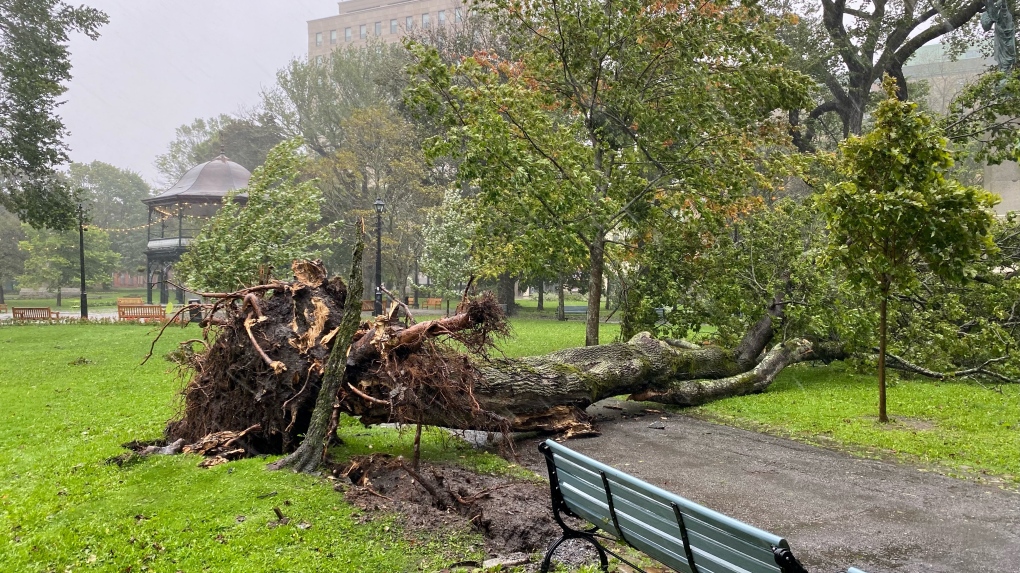In an unforeseen turn of events, Hurricane Lee made a devastating landfall in Canada last Saturday, resulting in widespread devastation across multiple regions.

Meteorologists and climate scientists had given forewarnings and advisories to the citizens to prepare them for the unfortunate event. Originating from the Atlantic Ocean, this hurricane took an unconventional path and rapidly intensified before reaching the Canadian coastline. Categorized as a Category 4 storm, Hurricane Lee unleashed its destructive force upon these provinces, namely Nova Scotia, New Brunswick, and Prince Edward Island.
The storm’s unprecedented power and intensity caught residents and authorities off guard, posing significant challenges in terms of disaster preparedness and response and leaving many in distress. The storm surge led to extensive coastal flooding, submerging regions with lower elevation and inflicting substantial harm upon critical infrastructure, residential properties, and commercial establishments.

Coastal areas bore the brunt of Hurricane Lee’s impact, experiencing the destructive forces of powerful winds, torrential rainfall, and storm surges that wreaked havoc on local communities.
Nova Scotia and New Brunswick experienced flash floods, landslides, and widespread power outages. The hurricane’s powerful winds caused trees to fall, power lines to be knocked down, and buildings to suffer structural damage. The affected regions have activated their emergency response teams, comprising police, firefighters, and search-and-rescue units to provide assistance and conduct rescue operations.

Evacuation orders have been issued for vulnerable areas to ensure the safety of residents and minimize casualties. Authorities are diligently working to restore essential services such as power, water, and transportation, which have been severely impacted by the storm.
The recovery efforts are anticipated to be extensive and demanding as repairing and rehabilitating infrastructure will require substantial time and effort. One death has been recorded so far.
Meteorologists and climate scientists are rigorously analyzing the atypical trajectory and intensity of Hurricane Lee, striving to improve forecasting methodologies and gain insight into the factors contributing to its remarkable power.

This occurrence serves as a poignant reminder of the escalating frequency and severity of extreme weather events, highlighting the significance of proactive measures to mitigate and adapt to climate change.
Amidst the aftermath of Hurricane Lee, the Canadian government and its citizens display unwavering resilience, coming together to reconstruct shattered communities, reinstate normalcy, and extend assistance to those impacted by this catastrophic natural calamity.


